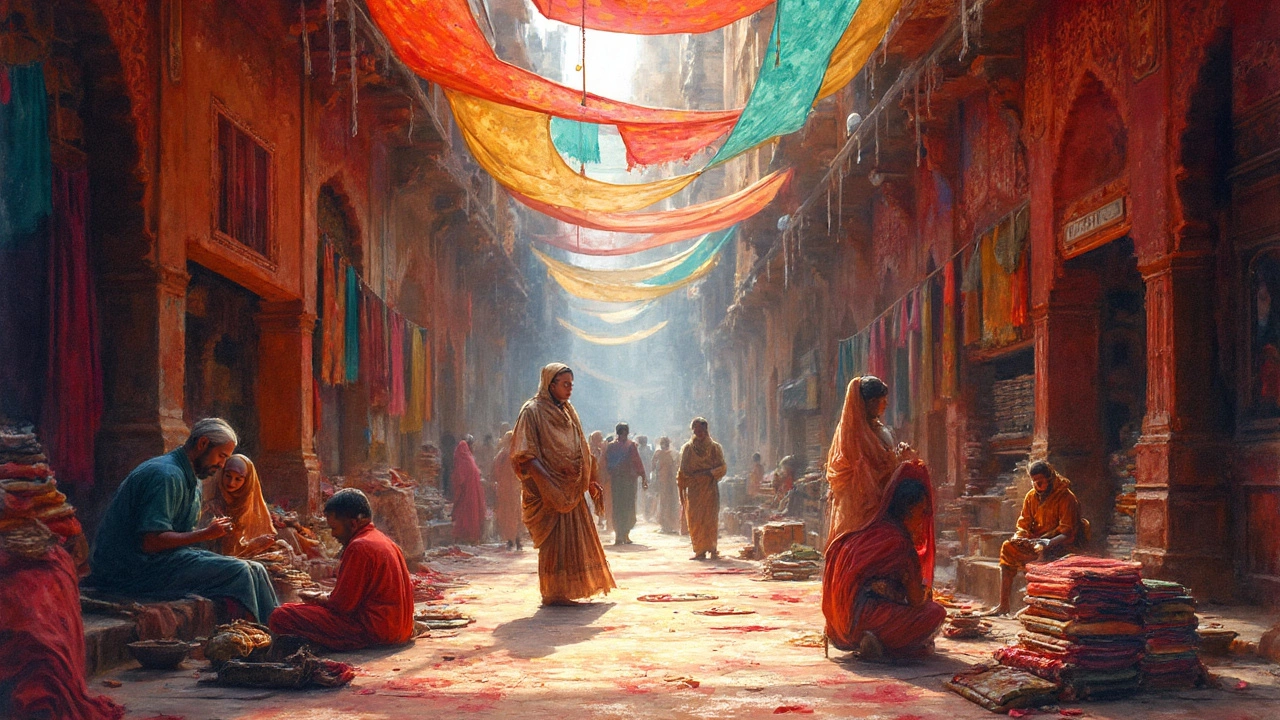Expensive Fabrics Explained: Why They Cost More and How to Choose
If you’ve ever wondered why a bolt of silk or a piece of cashmere can cost a small fortune, you’re not alone. The price tag on a fabric isn’t just a number – it reflects the raw material, the way it’s made, and the effort that goes into each yard. In this guide we break down the main reasons some fabrics carry a premium, and give you practical tips for deciding whether they’re worth the spend.
What Drives the Price of Luxury Fabrics?
First, look at the raw material. Natural fibers like silk, cashmere, and vicuña come from limited sources. Silk is produced by silkworms, and each cocoon yields only a few grams of thread. Cashmere comes from the soft undercoat of Himalayan goats; a single goat gives you just a handful of usable hair each year. When the source is scarce, the price goes up.
Second, the manufacturing process adds cost. Hand‑woven or hand‑knitted fabrics require skilled artisans who spend hours on a single piece. For example, a hand‑loomed silk saree can take weeks to finish. Even machine‑made fabrics can involve multiple steps – spinning, dyeing, finishing – each of which uses energy, chemicals, and labor.
Third, branding matters. Luxury brands invest heavily in design, marketing, and quality control. When you buy a fabric from a high‑end label, part of the price covers the brand’s reputation and the guarantee that the product meets strict standards.
How to Spot Real Value in Expensive Fabrics
Don’t let the price alone decide if a fabric is worth it. Check the fiber content. Genuine silk will feel smooth and slightly cool to the touch, while synthetic imitators feel slick but lack the natural breathability. Look for a high percentage of natural fiber – 100% cashmere or a silk‑cotton blend – because mixed fabrics often dilute the premium feel.
Feel the weight and drape. Heavy, well‑woven fabrics tend to last longer and hold shape better. A cheap‑looking expensive fabric might be thin or uneven, which can cause it to wear out quickly.
Inspect the finish. Luxury fabrics often have special treatments – like mercerization for cotton or a napped finish for cashmere – that enhance softness and durability. If the surface feels rough or the color is uneven, you may be looking at a lower‑quality batch.
Finally, consider the end use. If you’re making a wedding gown, upholstery for a high‑traffic area, or a boutique fashion piece, the investment can pay off in appearance and longevity. For everyday items like a casual shirt, a mid‑range fabric may be more sensible.
When you know what to look for, you can avoid overpaying for a name while still enjoying the benefits of premium textiles. Remember, the most expensive fabric isn’t always the best fit for your project – it’s the one that balances cost, performance, and style.

Most Expensive Fabrics in India: A Look at Luxury Textiles
India is home to some of the world's most luxurious and expensive textiles. From the opulent Banarasi silk to the intricate craftsmanship of Pashmina, these fabrics are not only a reflection of the country's rich heritage but also an expression of artisan skill. Dive into the world of premium Indian textiles, exploring what makes them so uniquely valuable. Discover the interesting facts and unique properties that contribute to their high price tag.
Read More